In North Dakota, we feel the wind blow every day. It should not surprise us to learn that North Dakota ranks sixth among the 50 states for percentage of electricity provided by wind power.Hold onto your hat! By the time you read this, most of the data presented here will be outdated. Wind generation is increasing so rapidly that the wind generator count, the rank of states in wind generation, the numbers of megawatts produced, and the percentage of total electrical generation will soon be invalid. You can easily research current information on wind energy and its development at these websites: http://www.nrel.gov/about, http://www.awea.org, and http://www.eia.gov/kids/energy.cfm?page=wind_home-basics-k.cfm Even though wind can be annoying, it is easier to appreciate the wind if we understand that it is another form of energy. (See Map 4.)
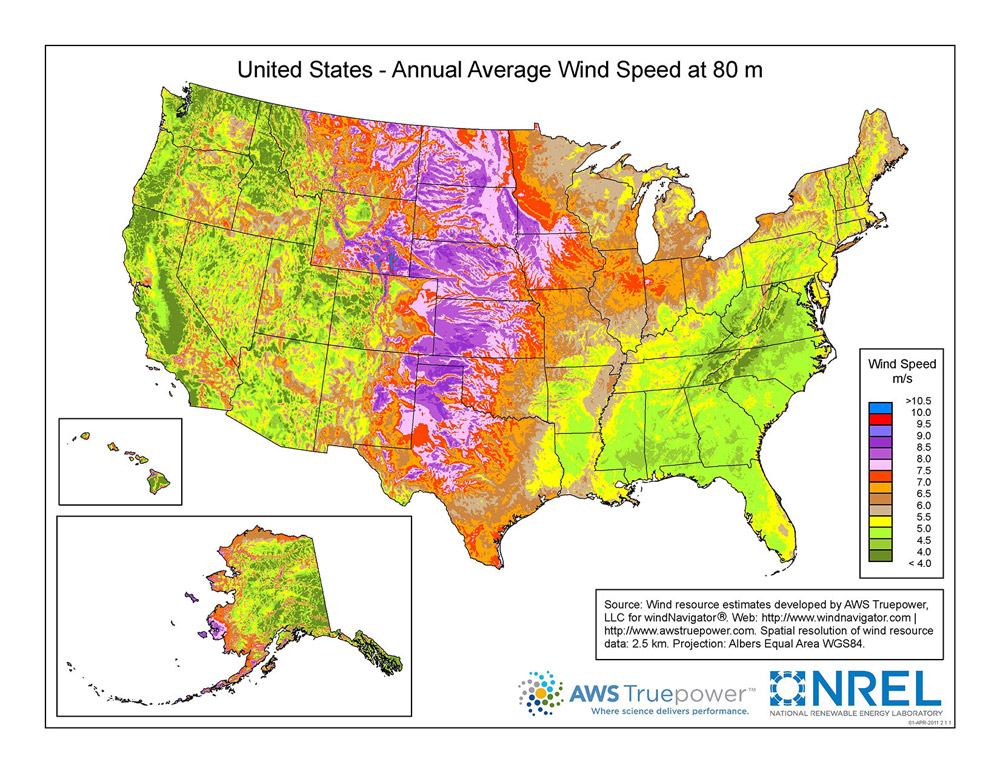
Thousands of years ago, people harnessed the wind to propel sailing ships across the seas. The Dutch built windmills to move water out of their lowlands. Wind was also used to power mills that ground grain into flour. Wind is powerful, and that power can be made to work for us.
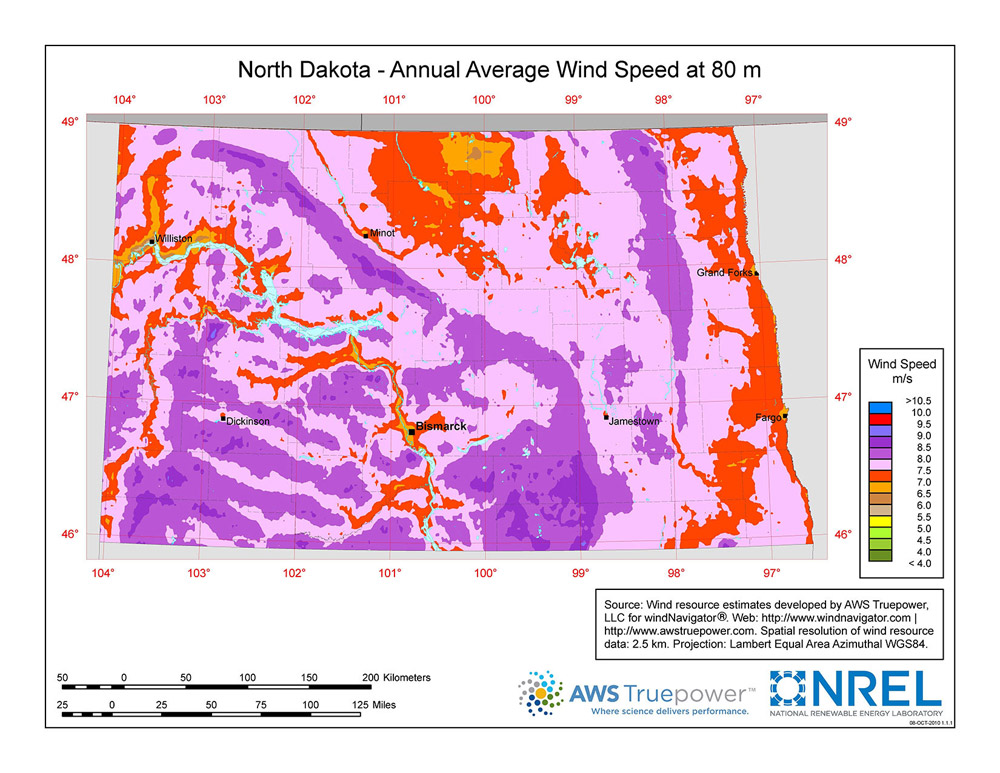
Today, North Dakota is considered the leading state in the potential to generate electricity by harnessing wind.The number of wind farms is growing throughout the United States and the United States currently (2014) leads the world in wind energy. Nationwide, wind generates more than 35,000 megawatts of electricity (2009 figures) and more generators are constructed every year. In the last twenty years, wind energy production has increased almost 50 times over. North Dakota winds could generate 770,000 megawatts of electricity if enough wind generators are built. (See Map 5.) Of course, this is just a measurement that describes an environment that might be developed; there is no guarantee that all of those wind generators will be built. Nevertheless, the combination of wind speed and open prairies makes North Dakota an appealing place for wind farms.If North Dakota ever reached its total wind generating capacity of 770,000 megawatts, the state would produce more electricity from wind than all the fossil fuel (coal, oil, or natural gas) powered electricity generating plants in the United States combined. There are, of course, limiting factors that will probably prevent the state from reaching its full potential. First, market price of fossil fuel-based energy tends to be lower than wind energy. In addition, the state would need more electrical transmission lines to move all that energy out of the state. Finally, environmental and safety issues need to be resolved. Nevertheless, North Dakota has been identified as an ideal location for wind-powered electrical generation.
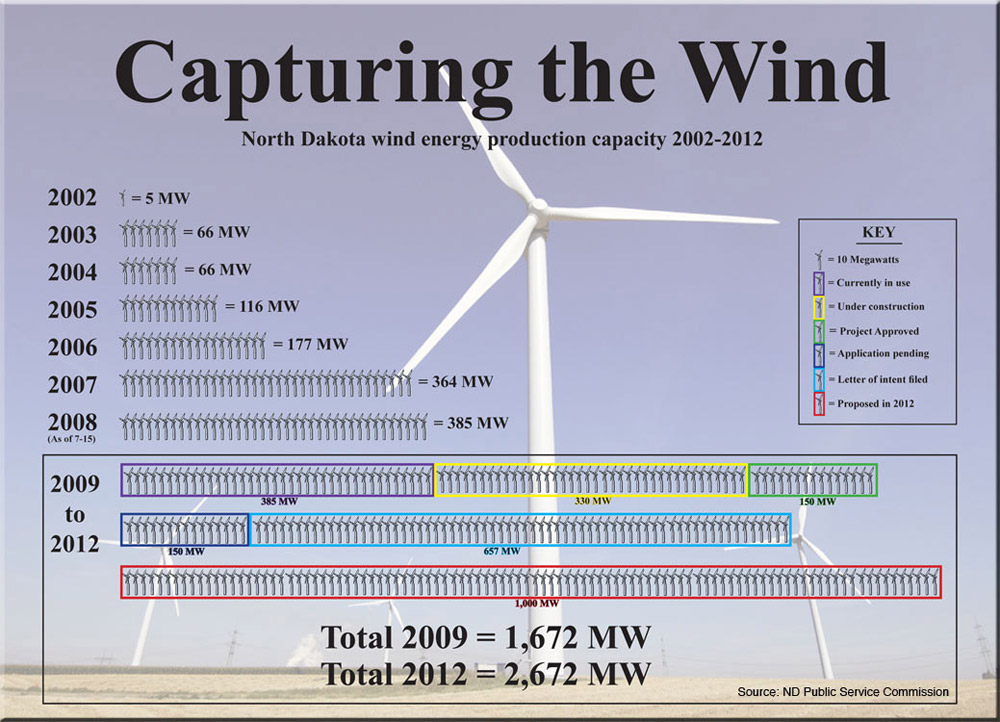
North Dakota, however, has not yet reached its wind energy potential. The state currently (2013) ranks third in wind energy development with wind farms in 20 counties of North Dakota. These wind farms produce about 1,424 megawatts of electricity, and the number of wind generators is growing rapidly. (See Document 6.)
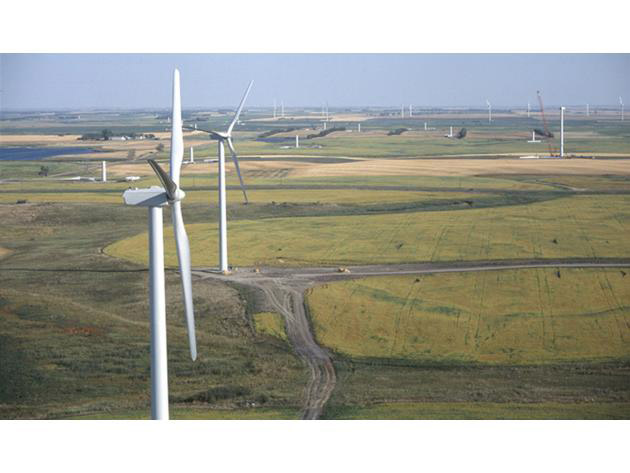
A wind farm is a place where dozens of wind generators are built. (See Image 20.) A wind energy company leases the land from the owner, usually a farmer. The size of the towers and the blades vary. The tower might be as much as 428 feet high. The huge blades vary in length from about 124 feet to about 160 feet. When the wind strikes the blades, they turn a rotor which is connected to a generator. All of this mechanical activity takes place in the housing at the top of the tower.
Though wind energy is a clean and renewable form of energy, there are some controversial aspects. Some people live in the shadow of a wind farm and object to the constantly moving shadows that play along the walls in their houses whenever the wind blows. Some people consider the wind towers ugly and would rather not see them dotting the landscape.
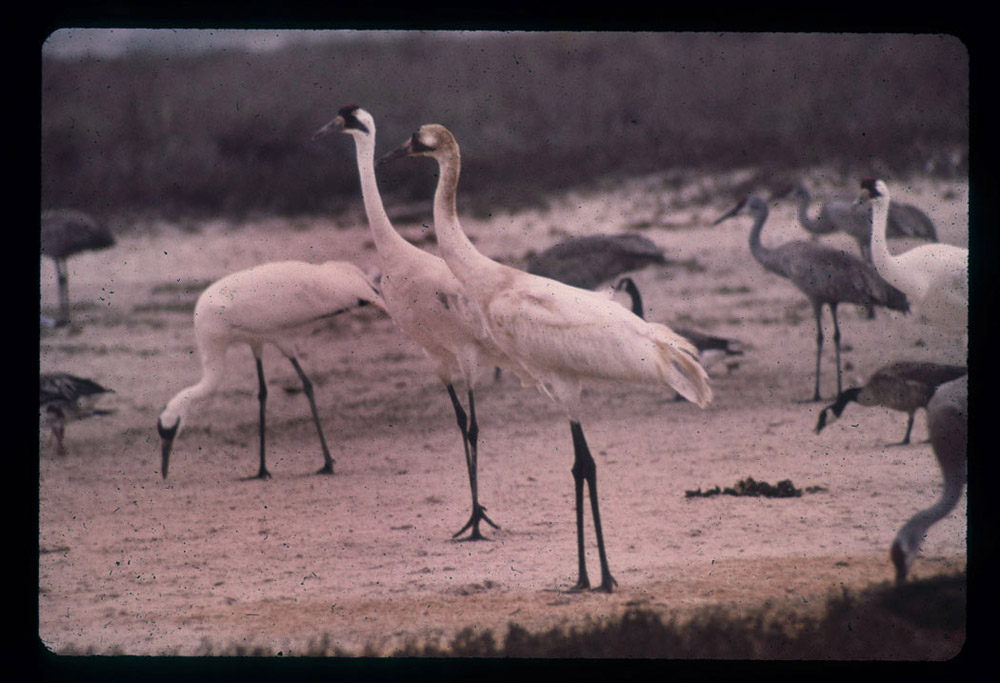
Another problem is bird strikes. Biologists have been concerned that migrating birds might fly into the blades. The wind farms of North Dakota coincide with the Central Flyway where migrating birds fly every spring and fall. The figures available on bird deaths in the U.S. due to wind farms are not reliable, but a recent scientific study sets the number of bird deaths between 140,000 and 330,000 each year. This includes all species of both migrating and resident birds.
Great concern about birds is directed to whooping cranes. (See Image 21.) These endangered birds are spotted in North Dakota every year migrating with sandhill cranes. Basin Electric Cooperative employs people to keep watch for whooping cranes at its windfarms. If spotters see whooping cranes, the cooperative will shut down the wind farm until the birds have passed. Basin reports that, so far, no whooping cranes have been sighted near the wind farms.
Another concern is for the safety of bats. Biologists have had a hard time understanding why so many bats are killed by wind generators. The current theory is that the bats do not fly into the blades, but are killed by air pressure changes that occur when air flows over the blades. Scientists have found that bats do not like to fly in high winds. If the blades are set to start operating when the wind reaches 12.3 miles per hour instead of the usual 9 miles per hour, bat deaths can be reduced by 93 per cent. There is only a slight loss in electricity generated. Much more research needs to be done to make sure that wind energy is safe for birds and bats.
Why is this important?Wind is growing in importance as a source of renewable energy. North Dakota has enormous reserves of coal and oil that will last for hundreds of years, but wind will be with us forever. As wind technology becomes more efficient and economical, a larger portion of our nation’s energy supply will come from wind.


